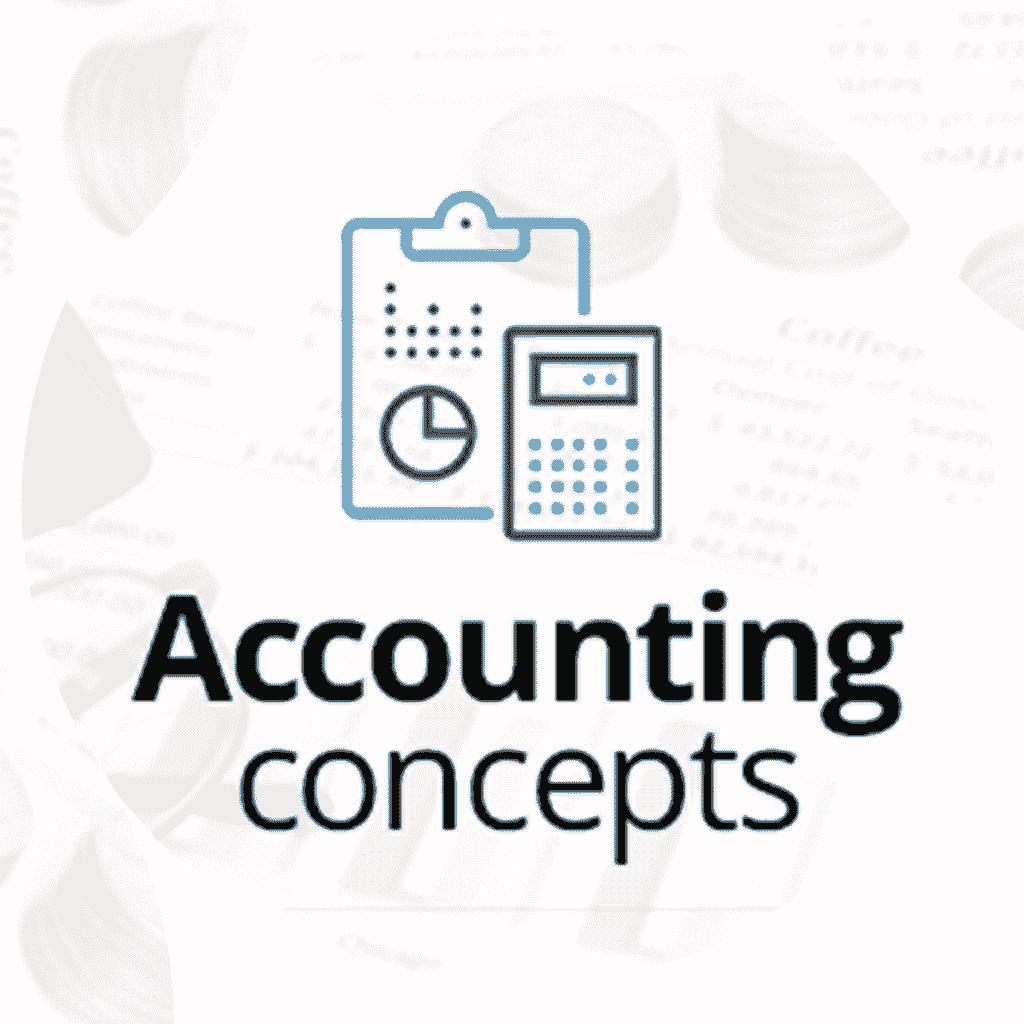Relation between Profit and Loss Account and Balance Sheet
Profit and Loss Account and Balance Sheet are important financial statements of any business. They are related with the financial health of the firm or business. Balance sheet shows the position of assets and liabilities of a business entity as on a particular date. Profit and Loss Account provides the vital link between the balance sheet at the beginning of a period and the balance sheet at the end of that period. Profit and Loss Account deals with the costs incurred during the current period for the purpose of earning the related revenue. The impact of this is disclosed by the balance sheet.
The balance sheet exhibits expenditure which is either outstanding or paid in advance, i.e. the unexpired benefits. It also serves as a means of carrying forward unexpired acquisition costs of assets. The amount of net profit or loss reported by the Profit and Loss Account is carried forward in the balance sheet showing their impact on various other terms disclosed in the balance sheet.
Profit and Loss Account explains the changes in the owner’s capital or equity between the opening and closing balance sheet of the accounting period. Thus, balance sheet shows the transactions remaining for execution as a result of the revenue transactions of the Profit and Loss Account.
The preparation of Profit and Loss Account precedes the working of the balance sheet and the balance sheet cannot be prepared without the preparation of the profit and loss account. The profit and loss account can be prepared without the balance sheet. However, absence of balance sheet will fail to disclose the impact of the revenue terms on the balance sheet which is the final resulting financial position of the business.
The simple accounting equation shows that total claims are equal to the total assets of the firm. This means that the total claims include the owner’s capital or equity and, the liabilities.
Assests = Equities (Total Claims) or Assests = Liabilities + Owner’s Equity (eq: 1) or Owner’s equity = Assets – Liabilities (eq: 2)
We many also define owner’s equity as: Owner’s equity = Contributed Capital + Retained Earnings, If there is no withdrawal from the business by the owner then:
Retained Earning = Revenue + Expenses (eq: 3)
Elaborating the meaning of owner’s equity in (eq: 1)
we get: Assets = Liabilities + Contributed Capital + Retained Earning (eq: 4)
Again we can write from (eq: 3)
Assets = Liabilities + Contributed Capital + Revenue – Expenses (eq: 5)
The Profit = Revenue – Expenses (eq: 6)




